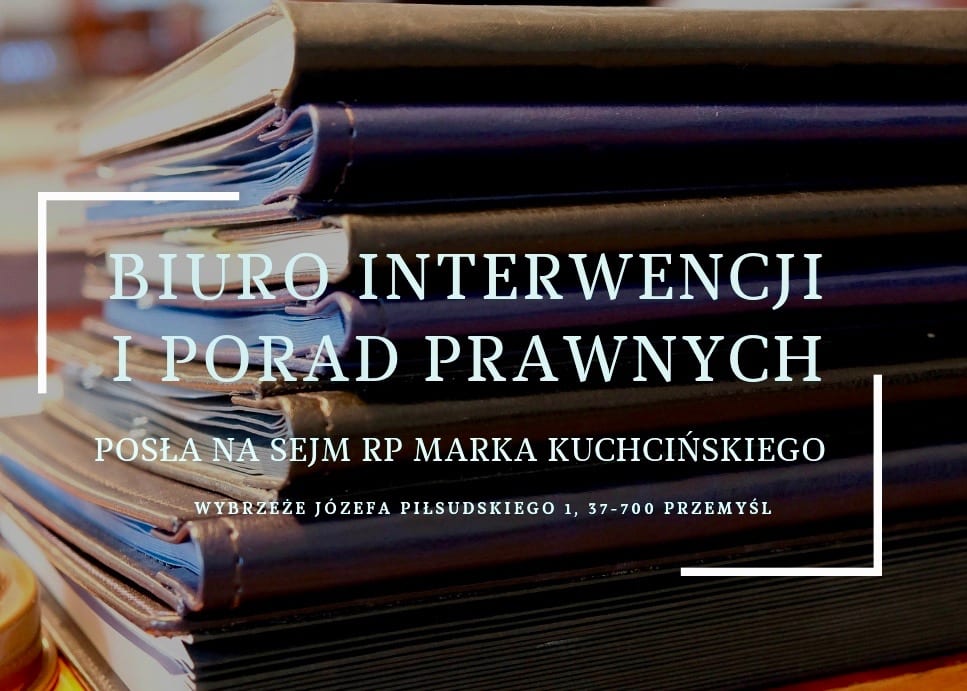The "Cultural Attic" has lived to see its reprint, which The premiere will take place on Sunday, June 2, at the National Museum of National Museum of the Przemysl Region. This is a special event, strongly intertwined with the It is a special event, strongly intertwined with the anniversary celebrations related to the June '89 elections.
The attic is associated with a mysterious place, somewhat hidden from an accidental visitor. At the same time it evokes curiosity about what it hides, it is a promise of something forbidden, an oasis of things, thoughts, imagination that stopped for a moment in their journey between the real world. Experiences gathered in the attic gain a new meaning and come back to people. people again. This is what the Cultural Attic was like: an underground newspaper that was created in the attic, in the minds of people seeking refuge from the hostile world. world.
"The name of the magazine referred to the heritage of generations; dusty, abandoned somewhere in the attic, and without which, however, the view of the community would be an incomplete one. For some, it was an opportunity to encounter art, a new thought, an idea for others. The Cultural Attic is not only the name of a literary and artistic magazine, it is also a meeting place for a group of friends creating an independent cultural circuit. It was an adapted attic of a single-family house, filled with artists' works, paintings, and books, from which one could see the surrounding hills. In front of the house there was an old orchard of deciduous apple trees with an unmowed meadow. Lots of greenery everywhere. From the perspective of the attic we looked at the world around us without forgetting about the existence of the "underground". So we lived a somewhat dualistic life: working, taking care of everyday matters according to communist rules, but spiritually alongside - something much more important," writes Marek Kuchcinski, the host of the attic and one of the editors of "The Attic", in the introduction to the reprint. ("SK" was also edited by Jan Musiał, Mirek Kocoł, and later by Mariusz Kościuk).
Professor Jarosław Piekalkiewicz, for example, is not afraid of bold comparisons: "The attic was more important than it appears at first glance. The atmosphere of those meetings reminded me of my gatherings in the Home Army. In the attic, as in the Home Army, we felt free. Of course, during the war we risked much more, because of torture and death, but for us, as for the members of the Attic, "Poland is not dead yet, as long as we are alive". The members of the Attic risked harassment from the authorities; the Communists, and perhaps even arrest, and certainly difficulties in their careers. Like us in the Home Army, they were a minority, because the majority of Poles thought it was necessary to live."
Today, prominent not only historians, but also intellectuals and philosophers can be asked about the history of the Attic. Roger Scruton, author of over 30 books, is one such.
"In the 1980s, the Solidarity period was already a memory, and martial law had reduced Poland to a kind of somnambulistic silence. I traveled in search of small groups of people who wanted to discuss, learn, ask questions, and recapture at least some of the intellectual life that once flourished in Poland," - recalls Scruton, who in Przemysl stumbled upon a circle of people associated with the Cultural Attic. "They met, not like our friends from the Czech Republic, in some basement or boiler room underground, but on top of buildings, as if they didn't care who could see them. Their discussion group was described as an attic, a place under the roof, and when I met them I found myself in an open society of normal, petty-bourgeois people who were determined to live, paint, write, and discuss as if the party were nothing more than a stream of dirty water flowing in the sewage below. At their head was Marek Kuchcinski, a former student of art history who lived outside the system and was an ardent believer in culture as a liberation of the spirit and opposition to the totalitarian order. Writers, painters, teachers gathered around him, and it was thanks to him that I was able to organize a series of visits by Western intellectuals to discuss in these attics the most important issues of the day," Roger Scruton spins the story.
It is difficult to unequivocally define what it was and what impact the The Cultural Attic had an impact on the consciousness of many people. Professor Krzysztof Dybciak, historian and theoretician of literature, essayist, and author of poems, recalls cultural events, sometimes called "The Attic Meetings" and
magazine issues: "They were original phenomena on the map of independent culture existing outside the structures of the communist-ruled state. One of the unusual features was the phenomenon of attracting collaborators not only from Poland. At the time, it was truly exceptional for so many British artists and intellectuals to perform in a small (by European standards) town right on the border of the Evil Empire. And Przemyśl hosted not just any artists; Professors Mark Lilla and Roger Scruton are important figures in the world's humanities. And yet, knowledge of such a valuable phenomenon of free culture in the 1980s is scant.
This gap in the collective memory is to be filled by a reprint published in cooperation with the Institute of National Remembrance. It is 450 pages long and contains 6 "Cultural Attics" from the 80s and 90s and one never published.
Marta Olejnik



